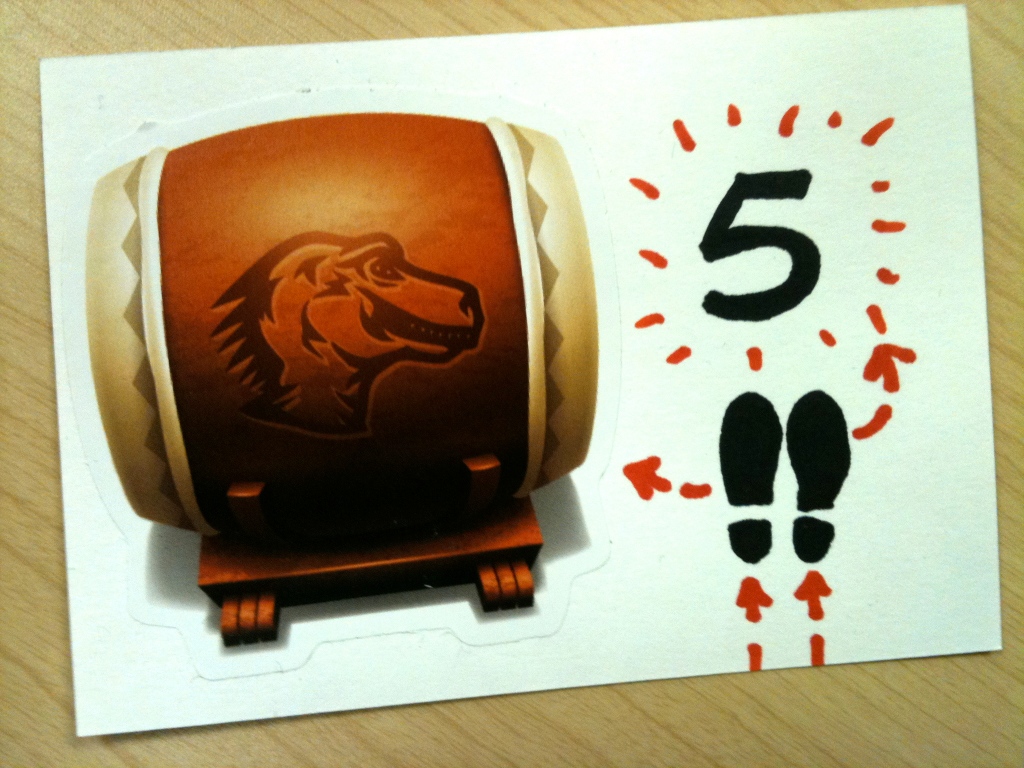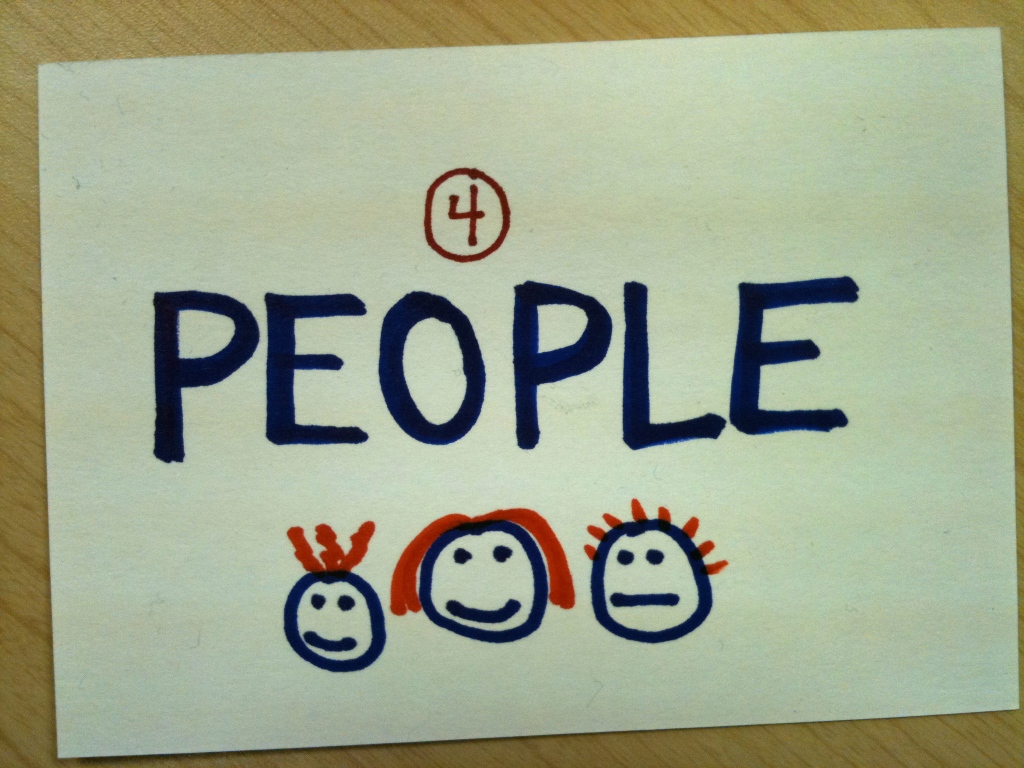
Coming out of the Drumbeat “Learning, Freedom and the Web” Festival, we’ve been working with a handful of interesting new projects. It’s been a great opportunity to test and get feedback on the process for on-boarding new projects into Drumbeat. The goal: make it easier for anyone with a potential project idea or innovation challenge to explain it, get help, and push forward quickly.
5 steps seem to be emerging on the dance floor…
- Strategy — what’s your big idea?
- Story — help people understand it.
- Tools — set up simple tools that make it easy for contributors to see what’s happening and get involved.
- People — who are you trying to reach? how can they help right now?
- Prototype — build fast. test and improve it together.
(Shake and repeat.)

This post shares some early draft documentation around each of these steps. With your help, I’m hoping it will grow up into a proper “how to” for new Drumbeat projects in time for the new version of Drumbeat.org next month. We’ll ultimately present this as five individual pages, but I’ve included them as one big post here. What do you think? Please leave your notes, links and examples as comments on this post, or help make edits to the etherpad version here.
1) Strategy
a) What’s the goal? What problem are you trying to solve with your project or innovation challenge? What’s the opportunity? What itch are you trying to scratch?
b) What already exists? How are others already tackling this problem, or going after the same goal? How is your idea similar or different? Are you aiming to create something new, or tweak or add to something that already exists? Have you thought about collaborating with an existing project, instead of creating a new one? Why or why not?
c) Who are you trying to reach? What kind of people are you hoping to attract? Who are your key contributors, audiences, users, customers, testers, rabble rousers or community members? Who are your potential partners or collaborators? What are some examples or “use cases” of these people interacting with your idea in the real world?
d) Why are you passionate about this? What brought you to this project or innovation challenge? How does your personal background relate to the story? What strengths, interests or skills do you bring?
e) How does your idea make the web or the world better? How will this make peoples’ lives better, easier or more meaningful in some way? How does it promote innovation on and for the open web? Why is it something other people should care about?
2) Story
a) Explain your project in five simple sentences. It’s harder than it sounds. Provide the bare bones of your story in five complete thoughts.

b) Then flesh those out into a one-page overview. Write a short paragraph under each of your five headlines, to flesh out each key point. This becomes your project’s “about” page.
c) Add a picture or napkin sketch. Create a simple graphic that tells the story visually. Try to show your project’s key audiences, what you propose to make or build, and the outcome or net result of all that.
d) Collect and answer frequently asked questions. Make it easy for people to post questions, and provide simple answers. (All you need to get started is an
etherpad — here’s an
example.)
e) Test your pitch on real people. Test your story on live guinea pigs and pay close attention to their response. Listen carefully to the language others use to describe your project — it may help you simplify your own. Don’t be afraid to be playful or experiment.
Some examples of project one-pagers:


3) Tools
“Working in the open.” Open projects tend to use a common set of open web tools that make it easier for people to understand what’s going on and get involved. These tools are free and easy to start using quickly. Think of them as your project’s superhero utility belt, or a “swiss army knife” of pieces loosely joined, each with their own specialty.

Some commonly used open project tools:
- A project mailing list — Could be a “working group” with daily discussions and updates. Or an “announcement list” that just lets people know when something really important is up.
- A project blog — This is often the easiest way to share the main action and milestones for the project. Many projects uses aggregated blogs or “planets,” like a “blog of blogs,” so that multiple contributors can post about the project. (e.g., Planet Mozilla, Planet Drumbeat, Planet WebMadeMovies.)
- A Twitter or Identi.ca hashtag — Like “#yourproject” or “#drumbeat.” Monitoring and embedding a simple hashtag is an extremely fast and easy way for people to talk about your project. For Drumbeat, it’s often the most up to date source of what’s going on.
 You might also consider:
You might also consider:
- Chat — A public chat room makes it easy for anyone to get help or ask a question, or for contributors to work together in real time, share links, or just hang out. (Drumbeat uses Internet Relay Chat (IRC). How to set up your own.)
- An issue tracker — Issue trackers are especially helpful if you’re working with developers. Issue trackers take tasks or requests for work and turn them into open tickets, so that groups of contributors can see, assign and comment on them to get the job done faster. (Mozilla uses Bugzilla. There’s also Trac, Redmine, and many others.)
- Images and videos — To share napkin sketches, designs, “how to” or explainer videos for your project, photos of your new robot prototype, etc.
- A project wiki or web site — You may already have a project web site, or eventually build one. Or you can just use your Drumbeat project page, a wiki page, or etherpad. It doesn’t have to be fancy — just include your five-point overview and links to your various project tools. (Here’s a sample project wiki page.)
- A source code repository. If you’re working on a software project, you may want to use a source code repository like GitHub.
How will the new Drumbeat web site work with these tools?
Your Drumbeat project page makes these tools available to contributors through a single page. It also tracks the latest progress happening through each of these tools through a single activity stream. This makes it easy for new contributors to see what’s happening and find ways to help. Drumbeat.org supports most open tools that output Atom or RSS feeds.
4) People
Who are you trying to attract? How can they help right now? Are you looking for advisors? Graphic designers? Javascript developers? Spanish translators? Science teachers? Robot builders? How can they get their hands dirty?
Asking for help is a fine art. The more specific, concrete and realistic you are, the better. Reach out to potential contributors and invite them to participate through the project tools you’ve set up. Our weekly “
Drumbeat Monday” calls are a great place to let the community know you’re looking for help. The new Drumbeat.org will also include new tools that make it easy to match skilled contributors with your participation asks.
5) Prototype
Build early and often. Instead of trying to get it perfect the first time, consider rapid prototyping. Try to get a rough early version done fast, and then keep improving, iterating and simplifying. What’s the “minimum viable product” or bare minimum you can start with? Building and testing prototypes will help you refine your idea, and help other people understand it better. (For more, see Aza Raskin’s “
How to Prototype and Influence People.”
Shake and repeat. Once you’ve built a prototype and tested it, consider going back to step 1 and repeating the dance. What did you learn? How does that shape the next iteration of your strategy and story?











I love this, Matt. In fact, with your permission, I’d love to reblog it (or at least link to it) on the HASTAC site because I know it would be invaluable to those of us in higher education who are working hard to transform hierarchical teaching and learning structures with open source and open web development peer-to-peer/learn-by-doing principles. I would love to use it as a method in my classes next semester (“This Is Your Brain on the Internet” and “21st Century Literacies”) and will report back on what my students think about this method. It will entail a lot of re-learning for them as schools teach you how not to take control of your ideas or to pitch them to one person ( a teacher who will be grading you). The expansive possibilities here are great. Wonderful work, Matt.
Awesome! Thanks Cathy! 🙂
hy enjoy the xxxMAS:) great post really!!!
After reading this I believed it was really educational. I appreciate a person taking the time to put this web site patch together. I remember when i once again discover personally spending way to enough time each reading through as well as leaving comments. No matter what, it had been still worth it
Thanks Matt for this posting. It is exactly what i needed to help me get started on the two projects I pitched at Drumbeat in Barcelona: the Minority Voices Visualizer and the tool-we-have-no-name-for-yet (aka the large classroom learning activity facilitator). The search for prior art and previous tools is taking some time; but I’ll post the findings soon on both of these projects.
I’ve read a few good stuff here. Definitely worth bookmarking for revisiting. I surprise how much effort you put to make such a excellent informative web site.
This is awesome. I’ve never tried Drumbeat but I think I will now, thanks man.
Never heard of it either, I’ll have to try. 🙂